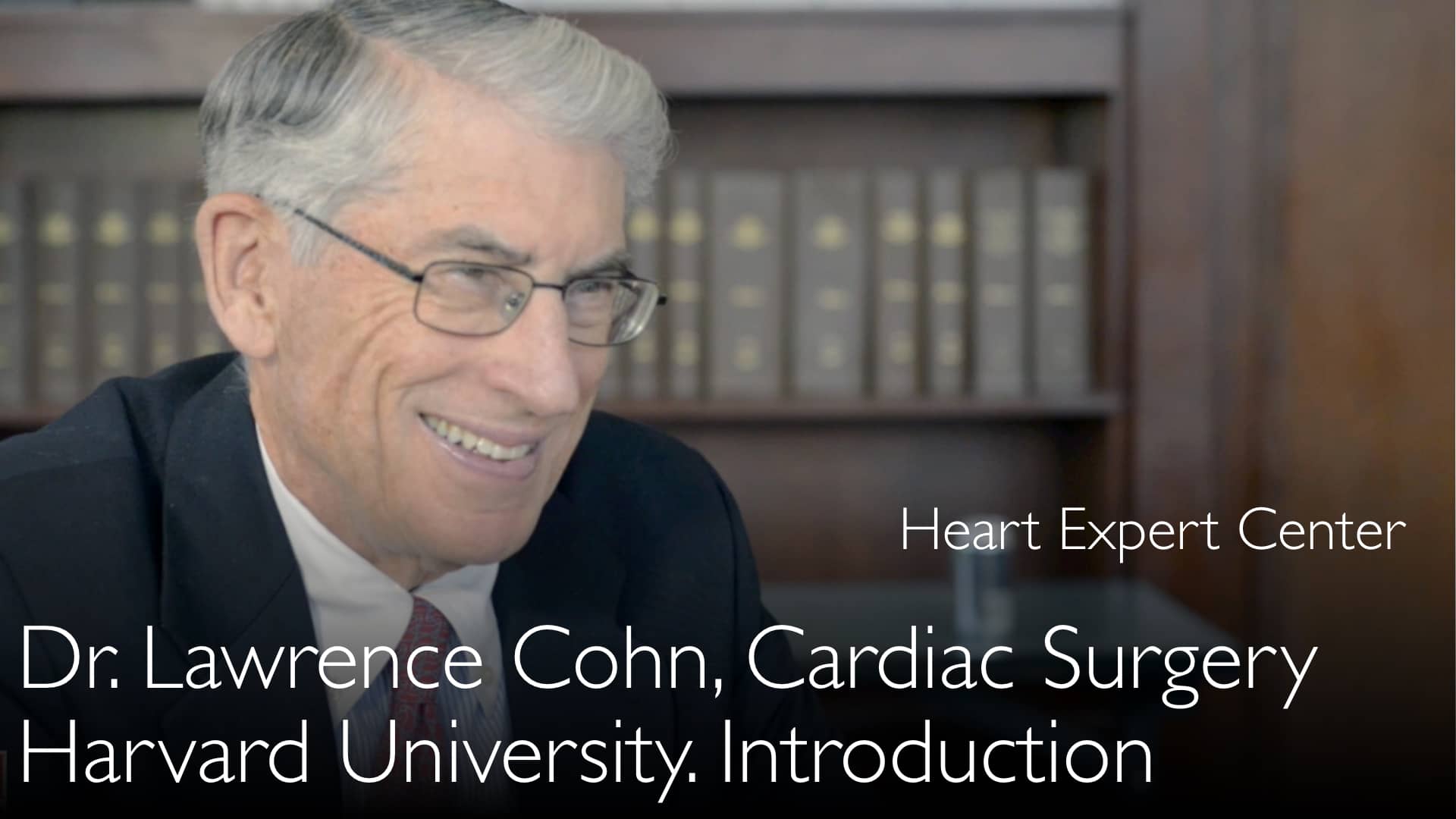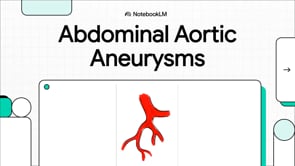低侵襲心臓手術の権威であるローレンス・コーン医学博士は、自ら主導した先駆的な臨床研究に基づき、大動脈弁狭窄症や僧帽弁逸脱に対する低侵襲的心臓弁手術が、従来の開心術と比べて患者の回復期間の短縮や治療成績の向上に大きく貢献することを示しています。
低侵襲心臓弁手術:メリット、回復経過、そして患者の転帰
セクションへ移動
低侵襲心臓手術の先駆け
低侵襲心臓弁手術は、心臓外科医ローレンス・コーン博士によって先駆的に開発され、1996年からその技術の確立が始まりました。初期の対象は、冠動脈疾患などの合併症のない孤立性弁疾患(大動脈弁疾患や僧帽弁逸脱など)の患者でした。コーン博士の革新的なアプローチは、従来の開心術で用いられる胸骨切開の半分の長さの切開で手術を完遂することでした。
手術基準の進化
弁膜性心疾患の治療における手術基準の進化は、あらゆる外科分野で低侵襲手法が広く採用される流れの中で推進されました。ローレンス・コーン博士とそのチームは、これらの原則を心臓外科、特に大動脈弁置換術に応用。標準切開の3分の1の大きさの切開でも、標準的な大動脈弁手術を安全かつ効果的に行うのに十分な視野とアクセスが得られることを実証しました。
臨床転帰と患者の回復
低侵襲心臓弁手術の開発における主な目的は、患者の臨床転帰を改善することにありました。ローレンス・コーン博士は、低侵襲手法の核心的な意義は、患者の回復を促進し、日常活動や職場への早期復帰を可能にする点にあると強調しています。この患者中心のメリットが、従来法に代わる本手法を推進する基盤となりました。
比較試験の結果
メリットを客観的に検証するため、コーン博士のチームは厳格な比較試験を実施しました。手術方法を知らされていない看護師が、低侵襲手術を受けた患者100名と標準手術を受けた患者100名に対して電話調査を行いました。結果は明確で、低侵襲手術群の患者は回復がはるかに早く、職場復帰も迅速で、短期間で全体的な健康状態が良好であると報告しました。
重要なことに、この研究では死亡率と人工弁の機能性能が両群で同等であることも確認されました。これにより、新技術が回復面で有利であるだけでなく、確立された標準治療と同等の安全性と有効性を有することが証明されました。
新しい手術手技の導入
ローレンス・コーン博士は、新技術に関心を持つ若手外科医に対し、重要な助言をしています。革新は奨励されるものの、新しい手術法が従来技術と同等以上であることが証明されて初めて置き換え可能であると述べています。これには患者の安全性と有効性を損なわないよう、多数の症例を注意深く観察し研究することが必要です。
この原則は、コーン博士がアントン・チトフ博士との対談で説明したもので、責任ある外科的進歩の基本です。これにより、患者利益が新技術や手技導入の主要な推進力であり続けることが保証されます。
弁膜症治療の第一選択肢
この先駆的な取り組みとその後の研究により、低侵襲手術は僧帽弁逸脱や大動脈弁狭窄症などの一般的な弁膜性心疾患に対する第一選択治療となりました。この技術には手術による身体的負担を大幅に軽減する明確なメリットがあり、患者の疼痛軽減、入院期間の短縮、日常活動への早期復帰に直接結びついています。
アントン・チトフ博士とローレンス・コーン博士の対話は、心臓外科におけるこの進化が、生命を救う弁修復や弁置換を必要とする患者の体験を根本的に改善したことを浮き彫りにしています。
全文書き起こし
ローレンス・コーン医学博士: 弁膜性心疾患に対する低侵襲手術は可能です。現在では僧帽弁逸脱や大動脈弁狭窄症に対する第一選択治療となっています。
アントン・チトフ医学博士: 先生は低侵襲心臓手術、特に心臓弁手術の先駆者のお一人です。
ローレンス・コーン医学博士: はい、その通りです。
アントン・チトフ医学博士: 最近10年間の心臓弁手術の基準にはどのような変化がありましたか? 大動脈弁および僧帽弁疾患の治療における現在の外科的手法は何ですか?
ローレンス・コーン医学博士: 私たちが低侵襲心臓手術を始めた理由はこれです。低侵襲技術の使用は外科の全領域で増加していました。低侵襲法は一般外科、整形外科、および外科のすべてのサブスペシャリティに存在します。
私たちは1996年に最初の低侵襲心臓手術を開始しました。これは小切開心臓手術です。最初の患者は孤立性の心臓弁問題のみを有していました。これらの患者には他の心臓問題はなく、冠動脈疾患もありませんでした。なぜならこれが低侵襲手術法の妨げになるからです。
私たちは標準切開の半分の長さの切開で低侵襲心臓弁手術を始めました。大動脈弁疾患の治療から開始しました。大動脈を視認でき、標準的な大動脈弁置換術を実施可能である一方、切開は標準切開の3分の1のサイズであることが分かりました。
低侵襲心臓弁手術を始めた理由はこれです。患者の臨床転帰が改善されると考えたからです。最初の100症例の手術後、科学論文を執筆し、アメリカ外科学会で研究成果を発表しました。
現在もここで働く看護師が、小切開による低侵襲心臓弁手術を受けた患者100名に電話をかけました。同時に標準長切開による手術を受けた患者100名にも電話をかけました。看護師はどの患者がどの手術を受けたかを知りませんでした。
低侵襲心臓手術を受けた患者ははるかに早く回復し、職場復帰も早く、全体的により短期間で良好な状態を感じることが分かりました。したがって、私たちの低侵襲手術法の主目的は、患者の状態改善と早期回復を支援することです。
100例の低侵襲心臓弁手術と100例の標準的古典的方法の結果を比較し、低侵襲技術が優れていると判断しました。2つの心臓手術法間で患者の転帰と死亡率が同等であり、新しい人工弁が良好に機能したため、その使用を継続しました。
私は若手外科医にこう伝えています。新しい手術技術を試すのは結構ですが、一定期間後には、新しい技術が患者にとって従来技術と同等以上であることを確認しなければならない、と。その後、従来の手術法を新しい低侵襲手術法に置き換えることができます。新しい技術で多数の手術を観察する必要があります。
アントン・チトフ医学博士: これは根本的に重要です。弁膜性心疾患に対する低侵襲手術。僧帽弁逸脱、大動脈弁狭窄症—低侵襲手術はより迅速かつ良好な回復を可能にします。






